The Russian Defense Ministry signed an acceptance act for the first Orion drone of Kronshtadt Company in the spring of 2020. The complex of three drones is supplied to the troops for test operation. The acceptance act is a major achievement of the project and a landmark in the development of Russian unmanned aviation. Orion is the first modern UAV of the size supplied to the military. The Army Standard online publication describes the creation history and the capabilities of the first Russian combat one-ton drone.
Follow Air Recognition on Google News at this link
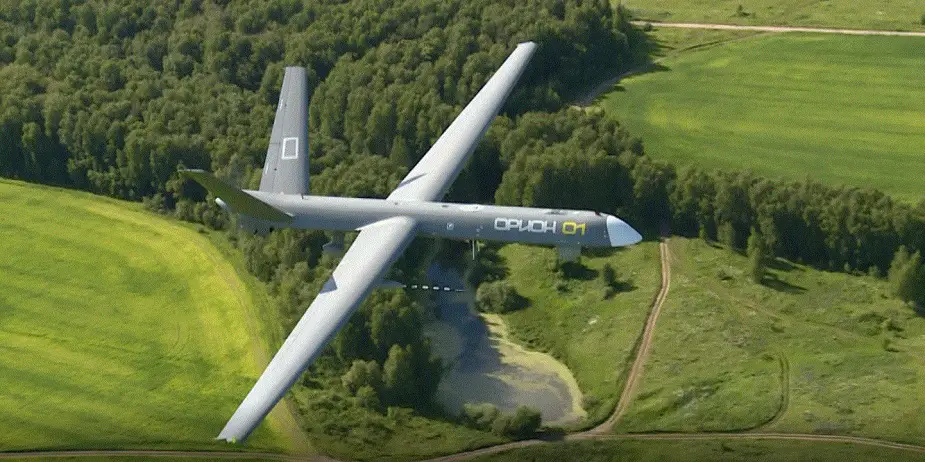 Orion MALE UAV (Picture source: KT Group)
Orion MALE UAV (Picture source: KT Group)
As for the weapons, Kronshtadt Company did not disclose any options although the possibility to create a combat drone was confirmed. Therefore, it is possible to consider Orion weapons only hypothetically.
Firstly, they can be the weapons created by Tactical Missile Corporation (KTRV). In February 2020, its CEO Boris Obnosov said several munitions of 50 — 100 kg were being designed. He mentioned Kronshtadt and Sukhoi drones as carriers.
Secondly, they can be drone weapons designed by several companies, e.g. Aviaavtomatika Bureau in Kursk. It demonstrated a line of 25 — 50 kg bombs at various shows.
And finally, Orion can carry several unguided bombs whose hit precision can be ensured by the targeting and navigational complex.
Media reported that initial Orion trials were held by the Gromov Flight Research Institute in Zhukovsky near Moscow. Flight trials followed in Ryazan region at Protasovo airfield which was upgraded by Kronshtadt for the purpose.
The drone was likely engaged in Syrian combat which has become a traditional test for new Russian arms and hardware. Some Syrian sources said reconnaissance-attack Orion was in the country in 2019.
The drones supplied to the Russian military are likely the first serially produced vehicles. The launch of the series was announced by Kronshtadt CEO Sergey Bogatikov at MAKS-2019 airshow. Major production to build seven drones a year would follow the development batch, he said.
The number may grow, as besides the Defense Ministry supplies, the producer plans to export the drone. Kronshtadt announced plans to occupy a niche of MALE-class UAV market two years ago when it signed an agreement with Rosoboronexport arms trader to promote the vehicle abroad.
The main Orion competitors in the international market are all MALE-class drones created by Israel and China. Israel offers two UAV — Hermes 900 of Elbit Systems and Heron 1 of Israel Aerospace Industries. Hermes has been supplied to Brazil, Colombia, Mexico, Azerbaijan and other countries. India, Brazil and Azerbaijan operate Heron 1.
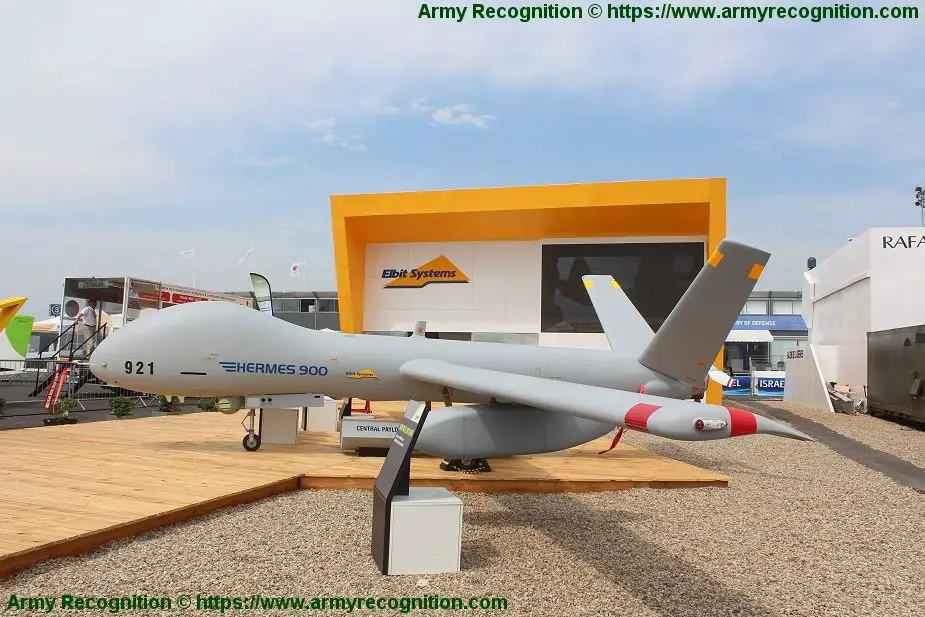 Hermes 900 showcased at Paris Air Show 2013 (Picture source Army Recognition)
Hermes 900 showcased at Paris Air Show 2013 (Picture source Army Recognition)
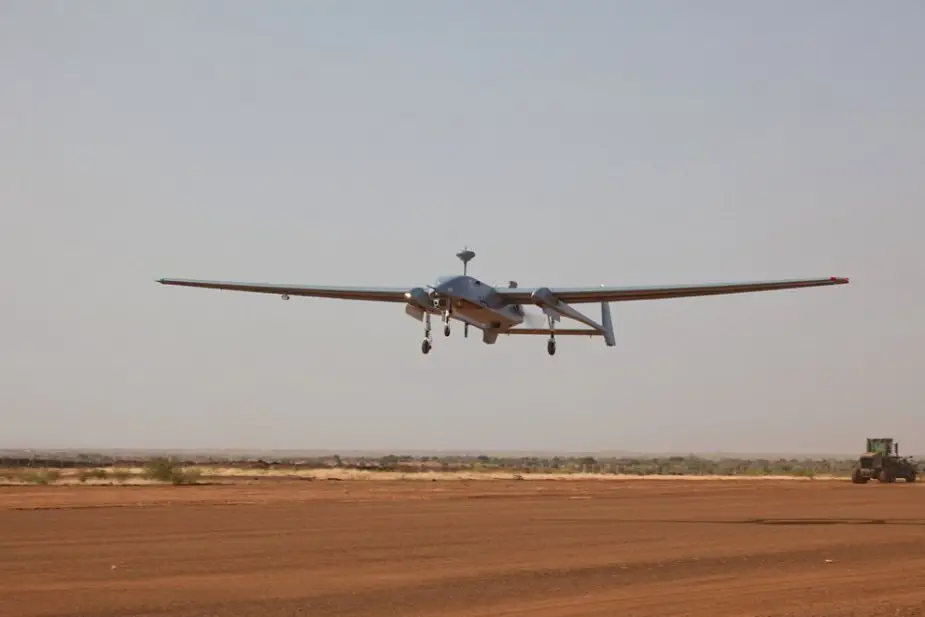 Bundeswehr's Heron 1 deployed in Mali (Picture source: Bundeswehr/Johannes Heyn)
Bundeswehr's Heron 1 deployed in Mali (Picture source: Bundeswehr/Johannes Heyn)
China offers CH-4 drone of China Aerospace Science and Technology Corporation (CASC) and Wing Loong 1 of Chengdu Aircraft Industry Group (CAIG). The former reconnaissance-attack UAV was reportedly exported to Iraq, Saudi Arabia and Egypt. The latter was purchased by Kazakhstan, Uzbekistan, Egypt and Algeria.
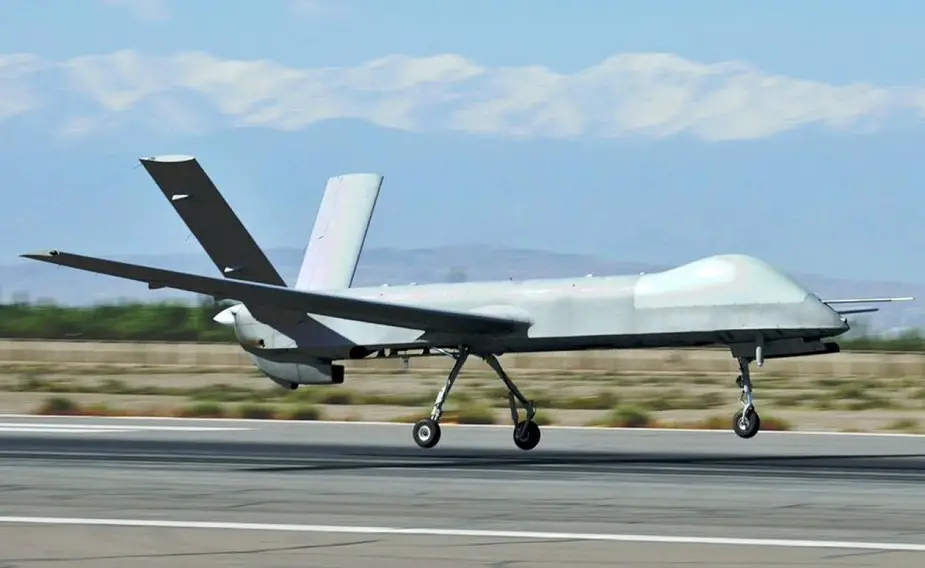 CH-4 drone (Picture source: Chinese internet)
CH-4 drone (Picture source: Chinese internet)
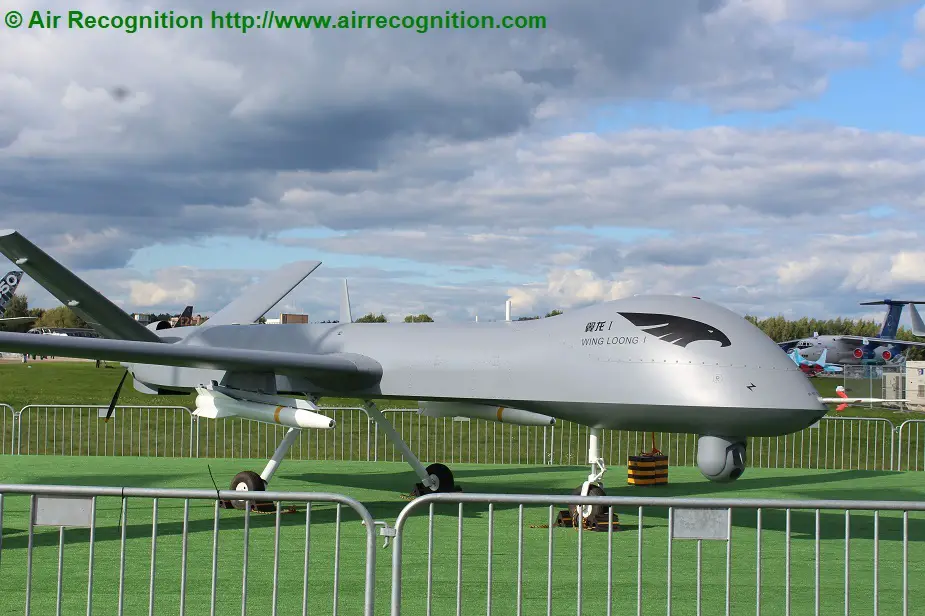 Wing Loong 1 MALE UAS (Picture source: Air Recognition)
Wing Loong 1 MALE UAS (Picture source: Air Recognition)
Israel enjoys a major experience and matured technologies in drone design. However, export capabilities are reduced by political circumstances and a close partnership with the United States.
Chinese advantages include a relatively low price and a favorable export policy. However, reliability is likely a week point of Chinese UAV.
There is cautious optimism that Orion can have export chances. The main customers can be traditional buyers of Russian arms, including Southeast Asia, Middle East and African nations, as well as some former Soviet republics, the Army Standard said.
© Copyright 2020 TASS. All rights reserved. This material may not be published, broadcast, rewritten or redistributed.
















